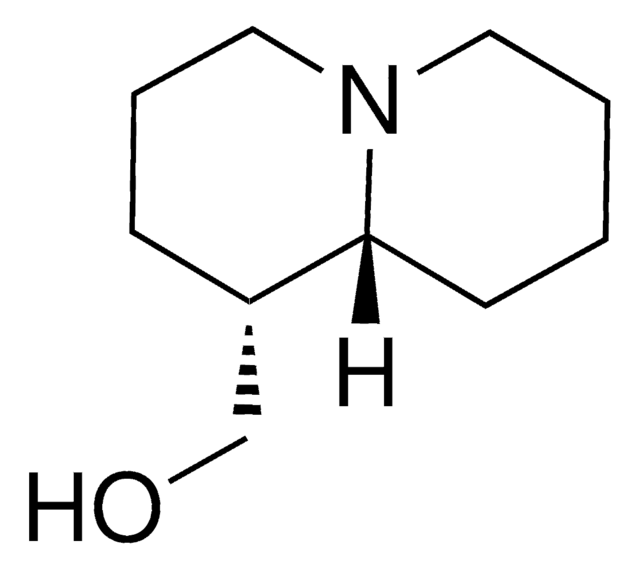All Photos(1)
About This Item
Linear Formula:
CH3COO(CH2)3CH3
CAS Number:
Molecular Weight:
116.16
Beilstein:
1741921
MDL number:
UNSPSC Code:
12352106
PubChem Substance ID:
Recommended Products
vapor density
4 (vs air)
vapor pressure
15 mmHg ( 25 °C)
8 mmHg ( 20 °C)
autoignition temp.
790 °F
expl. lim.
7.6 %
packaging
ampule of 100 mg
refractive index
n20/D 1.394 (lit.)
bp
124-126 °C (lit.)
mp
−78 °C (lit.)
density
0.88 g/mL at 25 °C (lit.)
SMILES string
CCCCOC(C)=O
InChI
1S/C6H12O2/c1-3-4-5-8-6(2)7/h3-5H2,1-2H3
InChI key
DKPFZGUDAPQIHT-UHFFFAOYSA-N
Looking for similar products? Visit Product Comparison Guide
Choose from one of the most recent versions:
Already Own This Product?
Find documentation for the products that you have recently purchased in the Document Library.
Yung-Chieh Tsao et al.
The Science of the total environment, 409(17), 3158-3165 (2011-05-31)
This study evaluated the efficacy of simultaneously employing three open-path Fourier transform infrared (OP-FTIR) spectrometers with 3-day consecutive monitoring, using an odor episode as an example. The corresponding monitoring paths were allocated among the possible emission sources of a semiconductor
Subhash Bhatia et al.
Journal of hazardous materials, 163(1), 73-81 (2008-07-25)
Adsorption behaviours of butyl acetate in air have been studied over silver-loaded Y (Si/Al=40) and ZSM-5 (Si/Al=140) zeolites. The silver metal was loaded into the zeolites by ion exchange (IE) and impregnation (IM) methods. The adsorption study was mainly conducted
Sami H Ali et al.
Bioresource technology, 102(21), 10094-10103 (2011-09-13)
Butyl acetate holds great potential as a sustainable biofuel additive. Heterogeneously catalyzed transesterification of biobutanol and bioethylacetate can produce butyl acetate. This route is eco-friendly and offers several advantages over the commonly used Fischer Esterification. The Amberlite IR 120- and
Prateek Kathel et al.
ISA transactions, 49(1), 130-137 (2009-10-10)
This work deals with the dynamics and control of a high-purity batch distillation column with chemical reaction. A heterogeneous esterification reaction between the acetic acid and butanol takes place to produce butyl acetate. The process model is formulated considering variable
Matias Rauma et al.
Journal of pharmaceutical sciences, 98(11), 4365-4375 (2009-03-14)
Recent work in our laboratory shows that it is possible to reproducibly measure the weight change over time of a piece of porcine skin exposed to a chemical vapor by thermogravimetric analysis (TGA), that is, using a microbalance maintained at
Our team of scientists has experience in all areas of research including Life Science, Material Science, Chemical Synthesis, Chromatography, Analytical and many others.
Contact Technical Service







